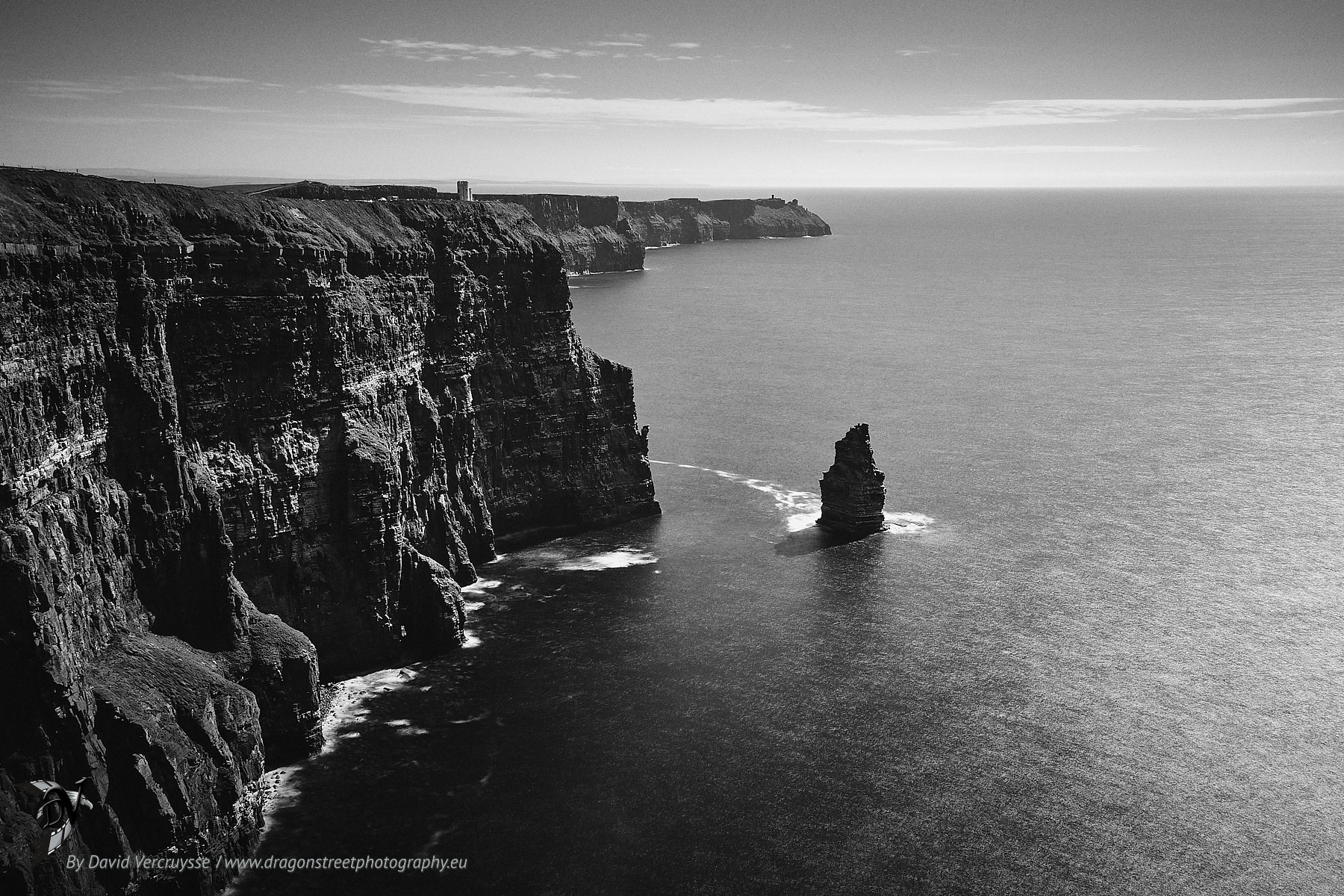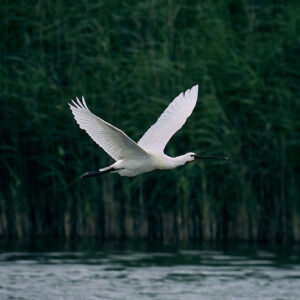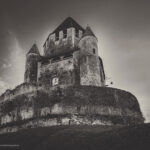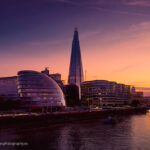A Second Journey to Explore Ireland in Depth
For this second trip to discover Ireland, we've chosen to explore some of the following regions in greater depth taking the time to savour each place.
1. Second round in Ireland!
A look back at our first trip to Ireland
During our first trip We had opted for a carefully prepared itinerant tour. This form of travel involved stops at various B&B (Beds and Breakfasts) almost every night.
The advantages of mobile mode
The disadvantages
A second journey: exploration in depth
That's why, for this second roundWe've decided to slow down the pace and take a different approach:
This choice gave us a more enriching experience and enabled us to take full advantage of the Irish landscape and atmosphere, without having to run from one point to another.
Why was this change of strategy necessary?
This second trip was an opportunity to taking the time to stop You'll come away with even richer memories - not just of the photos, but of the experience itself.
2. In the heart of the country: Celtic roots and enchanting landscapes
For those who have never had the opportunity to visit Ireland, it's important to know that this country combines its heritage of Anglo-Saxon with deeply Celtic origins. These ancient roots are reflected in the island's language, traditions and unique atmosphere.
Ireland also has an official language Gaelic which is one of the Celtic island languages, along with Scottish Gaelic and the mannois (spoken on the Isle of Man). This linguistic heritage is a real treasure, although English is the most widely spoken language in everyday life.
Celtic roots: a living heritage
The language Irish Gaelic which is part of the island branch of the Celtic languages, is an important cultural marker. But the Celtic origins of Ireland are reflected far beyond the language. They are felt in its breathtaking landscapes and in its a rich culture steeped in history.
Here are a few examples of the Celtic past that still permeate Ireland today:
Even the road signs The often bilingual (English and Gaelic) websites bear witness to this effort to preserve ancestral traditions.
A warm Irish welcome
For those who have already had the chance to visit Ireland, one thing is certain: the Irish are renowned for their natural hospitality and their love of conversation. They love to chat, share anecdotes and welcome visitors with warmth and good humour.
However, a word of advice: speak English (or make the effort to try), because although Gaelic is the national language, English remains the common language of communication.
Discovering authentic Ireland
To discover the real Ireland, it's not enough to stay in the big cities like Dublin or Cork, although they have their own charm. The very essence of Ireland lies in its green countryside its hidden villages and its wild peninsulas.
Here's how you can really immerse yourself in Irish culture and history:
Understanding Ireland: a cultural and historical experience
Discovering Ireland is much more than admiring spectacular scenery. It's about understanding the depth of culture the importance of its Celtic past and the pride of its people in their traditions. Every stone, every hill, every pub has a story to tell.
To do this, take the time to soak up the Irish atmosphere. Let yourself be guided by its friendly people, lose yourself in its countryside and villages, and open yourself up to the unique experience that only Ireland can offer.
3. Dublin
There are good chances your trip to Ireland starts at DublinDublin is the country's capital and largest city. Since the 2008 crisis, which hit Ireland hard, Dublin has undergone spectacular growth, becoming a dynamic, modern centre while remaining deeply rooted in its rich historical past.
Temple Bar 🍾: the beating heart of Dublin
If there's one thing you can't miss in Dublin, it's the GuinnessThis famous black Irish beer is the pride of Ireland. And what better way to enjoy it than in the legendary district of Temple Bar ?
This historic district, a veritable symbol of Dublin's nightlife and festivities, is packed with traditional pubs where the atmosphere is dynamic day and night. Stroll along its cobbled streets, push open the door of a pub and let yourself be carried away by the friendly atmosphere and traditional Irish music.
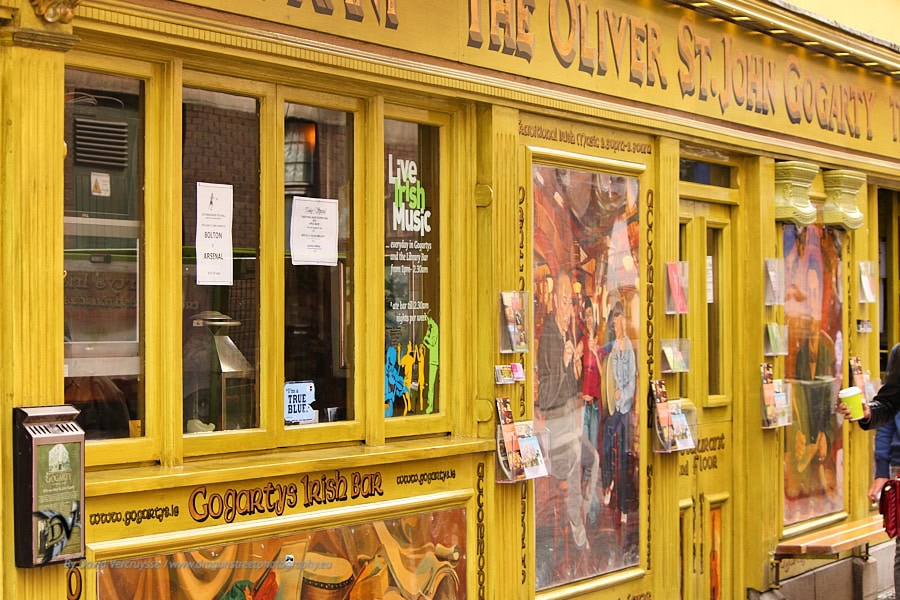
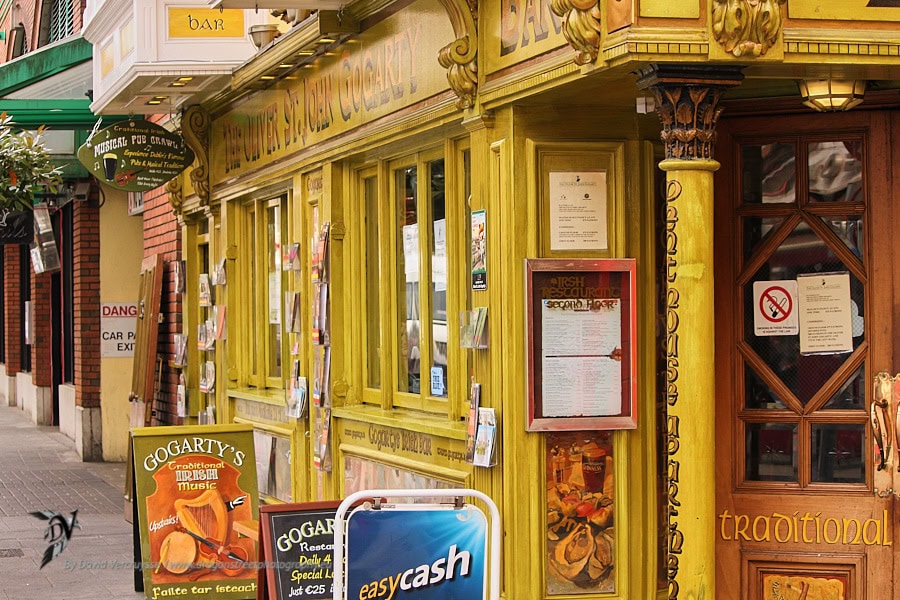
Guinness Storehouse: an entire district dedicated to beer
If you are a fan of Guinness Don't miss a visit to the famous Guinness brewery. This veritable institution, which occupies a whole area of Dublin, is easily accessible on foot from Temple Bar.
Why visit the Guinness Storehouse ?
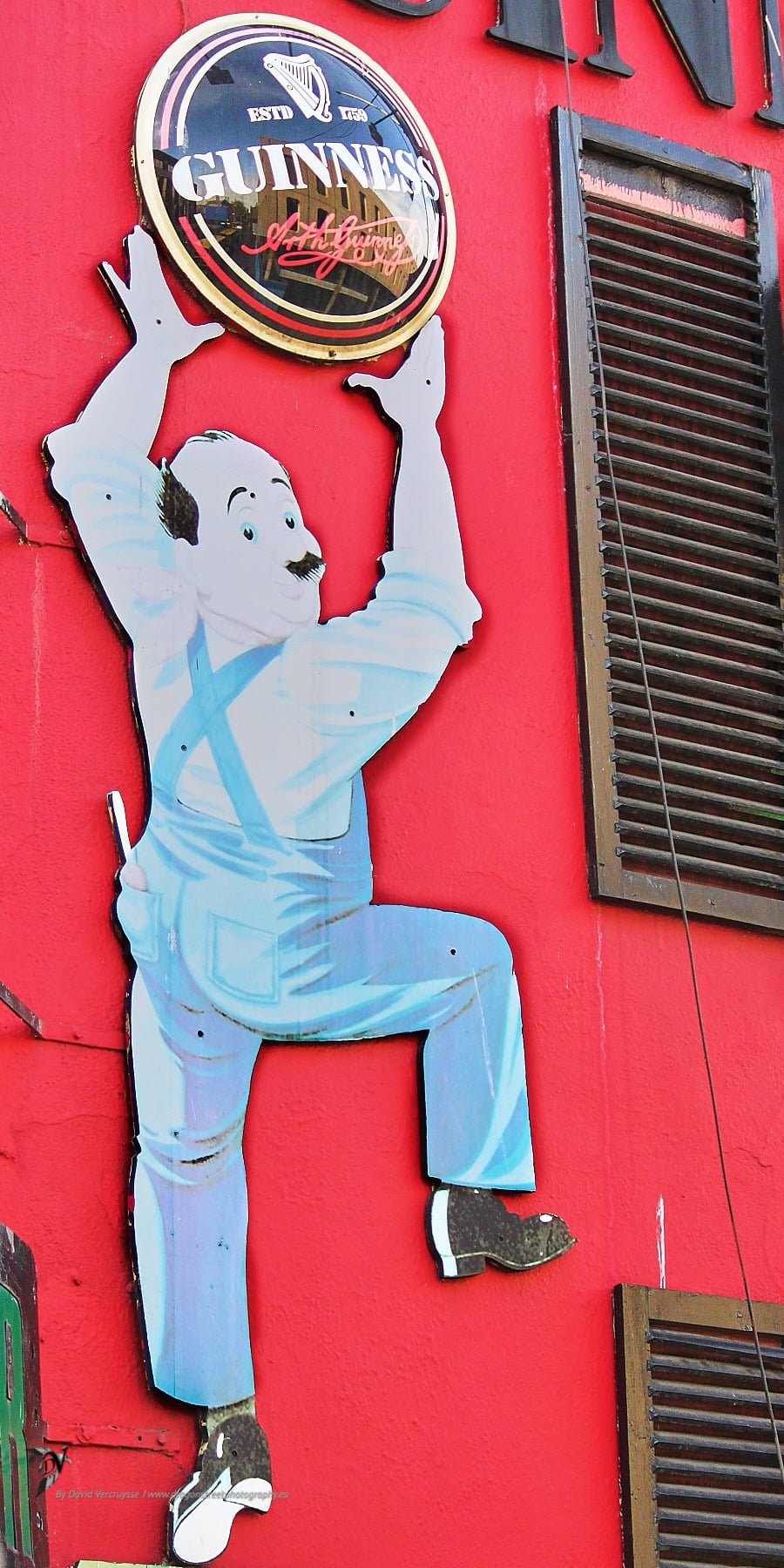

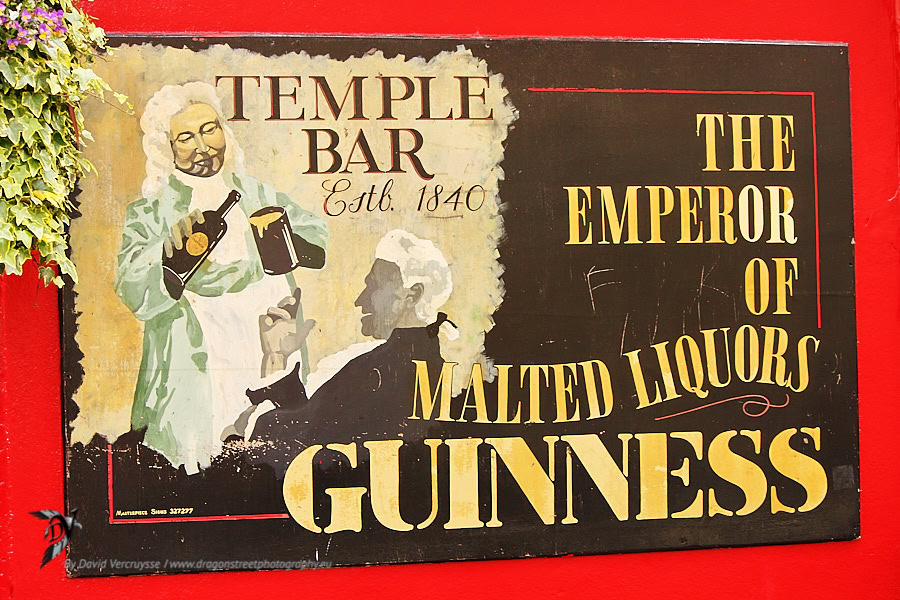
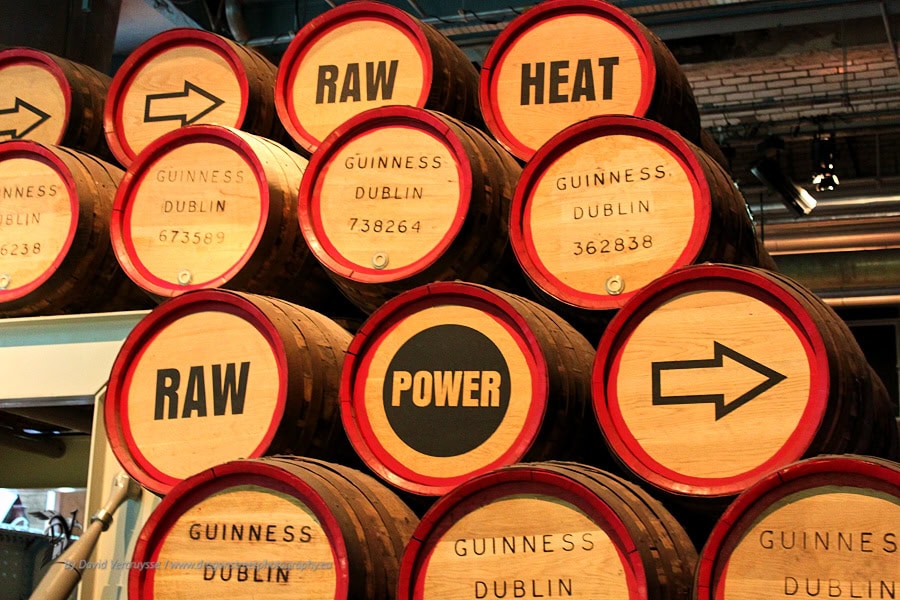
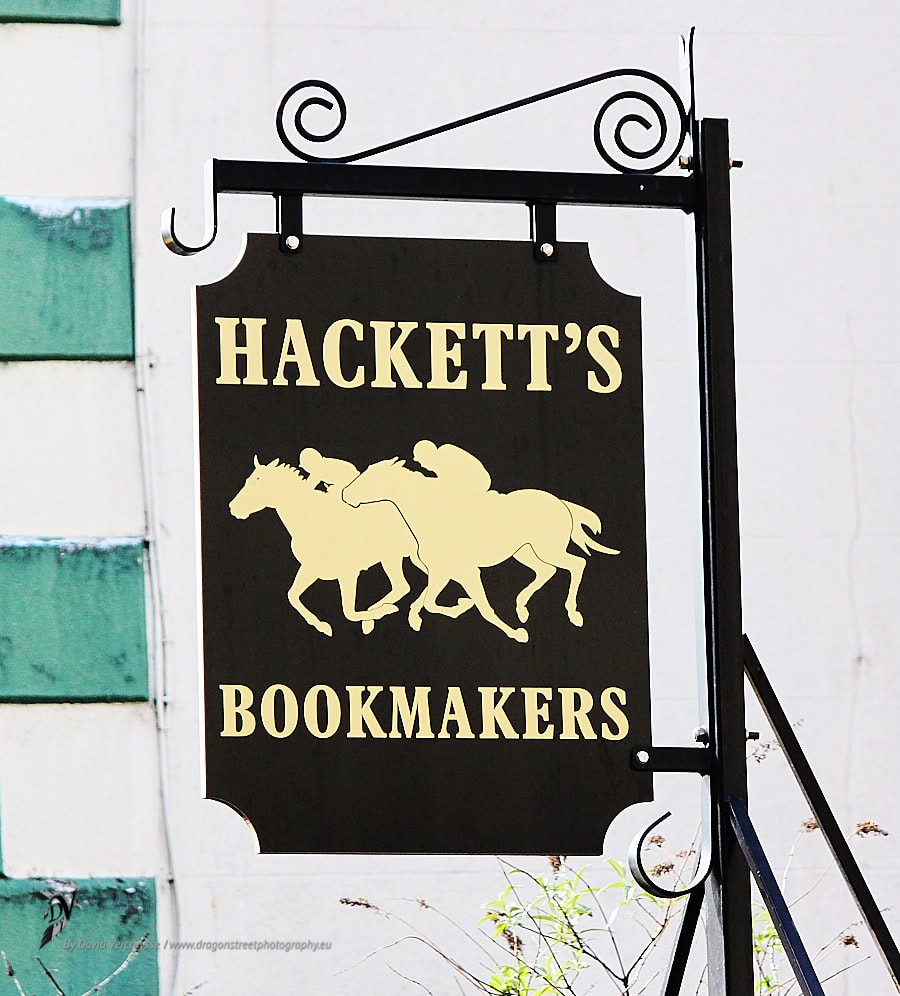

Alternatives for whisky lovers: Dublin's distilleries
If beer isn't your cup of tea, Dublin also has something to satisfy beer lovers. whisky. Distilleries are an integral part of the town's history, and the Teeling Distillery open to the public, is a perfect example.
Why visit the Teeling Distillery ?
Dublin's Cultural Highlights
Dublin is also a city rich in culture and history, with unmissable sights that will delight lovers of art, history and literature. Here are a few places not to be missed:
1. National Museum of Archaeology
This museum houses a exceptional collection of Celtic artefacts including treasures from the Bronze Age and Viking Age. A fascinating journey through Irish history.
2. National Gallery of Ireland
Ideal for art lovers, this gallery boasts an impressive collection of European and Irish paintings, including works by great masters such as Caravaggio and Jack B. Yeats.
3. Trinity College and its Old Library
Le Trinity CollegeThe University of Dublin, founded in 1592, is a symbol of Anglo-Protestant culture and one of Dublin's most emblematic landmarks. It is a prestigious university that has seen many great names in literature and science pass through its doors.
Tips for enjoying Dublin
Dublin is much more than a starting point for exploring Ireland: it's a vibrant city, where history, culture and contemporary life come together. Between the bustling streets of Temple Bar cultural visits such as the Trinity College or distilleries Dublin is a city that immediately puts you in touch with the essence of Ireland. Whether you're a beer lover, a history buff or simply curious to discover a dynamic and friendly city, Dublin has it all.
On the road to the Wicklow Mountains: a little concentrate of Ireland
Now that our little tour of Dublin is over, it's time to hit the road for a new destination: the Mount Wicklow located just 50 km south of the capital. This region, often nicknamed the "Garden of Ireland is a veritable concentration of the country's natural and cultural wonders.
4. Mount Wicklow: the Irish landscapes typical
The Mount Wicklow offer a variety of landscapes that capture the essence of Ireland:
The Mount Wicklow are the perfect place to breathe fresh air, switch off and enjoy Ireland's natural beauty.
Glendalough: the valley of two lakes
On the map, one name comes up a lot: Glendalough which literally means "the valley of the two lakes in Gaelic. It is one of the jewels in the crown of the Wicklow Mountains, renowned not only for its natural beauty but also for its historical and spiritual importance.
Glendalough Monastery: a site steeped in history
Why visit Glendalough?
Tips for your trip to Mount Wicklow
5. Conclusion: an unforgettable getaway in Mount Wicklow
The Mount Wicklowwith their their wild landscapes, historic treasures and soothing tranquillity, epitomise the essence of Ireland.. Whether you're looking for serenity by the lakes, adventure on the trails or a dive into history with places like GlendaloughThis region has it all.
Just an hour from Dublin, the Wicklow Mountains offer an ideal natural and cultural break, perfect for travellers in search of wonder. Take time to explore, breathe in the fresh air and soak up this land of mystery and beauty. One thing's for sure: this will be a trip to remember in Ireland. For those of you who have just returned, what was your experience? Share it with us in the comments below.
I'll look forward to seeing you again in the next article!
See you soon,
David

